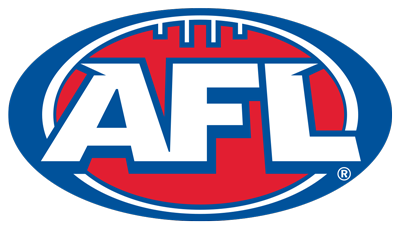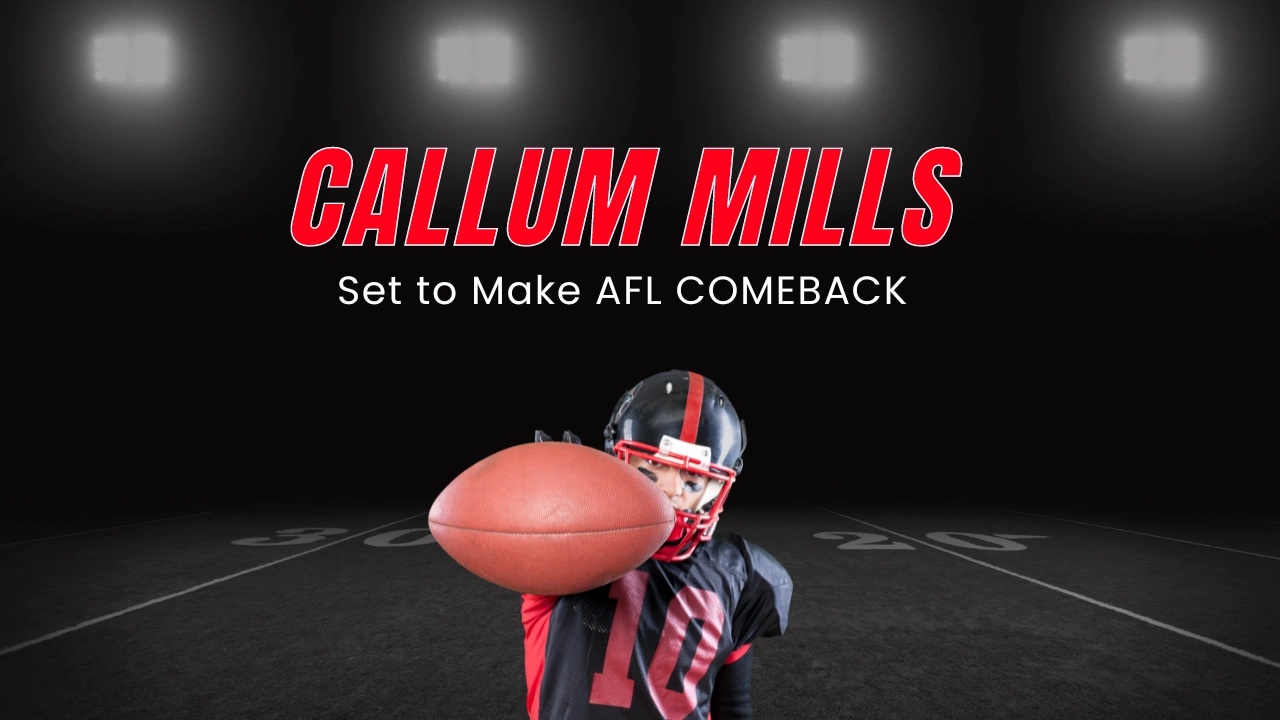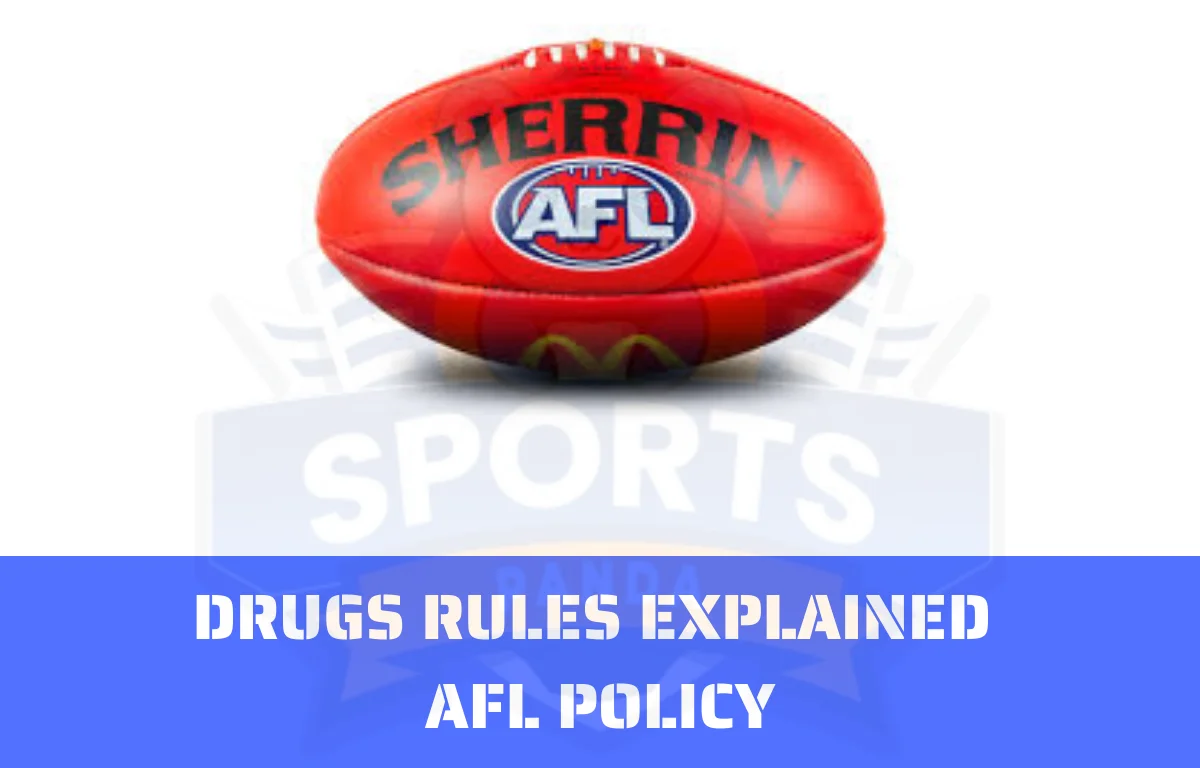AFL Dynamic Player Positions
Last updated on March 24, 2024 at 07:29 am
Posted on March 24, 2024 at 07:29 am
Explore the dynamic player positions in Australian Rules Football. From Full-Backs thwarting goals to Wingmen showcasing speed, each role intricately influences game momentum. Full-Forwards use strength, while Centers maneuver the play. The synergy between defense, midfield, and forward lines is imperative for victory. Investigate further into this strategic sport and uncover how each position contributes to the team’s success.
General Overview
Australian Rules Football has a dynamic player layout on the field, with less emphasis on strict positions compared to other sports. However, there are still some general roles that players fulfill. Here's a breakdown of the key player positions:
Back Line (6 Players):
Full Back (1): The last line of defense, guarding against opposing forwards and preventing goals.
Back Pockets (2): Flank defenders who support the Full Back and mark or intercept passes near the boundary lines.
Half Backs (2): Defenders who play between the back pockets and the center, linking defense with midfield.
Center Half Back (1): Leads the backline defense, directing teammates and coordinating strategies.
Midfield (6-8 Players):
Rucks (1-2): Specialize in contesting the ruck contests (center bounces) to gain possession for their team. They are typically the tallest players.
Ruck Rover (1): Supports the ruck in contests and retrieves loose balls around the ruck area.
Ruck-Ruck Rover (1) (Optional): A hybrid role that combines elements of both ruck and ruck rover duties.
Centers (2-4): Link between midfield and the forwards, distributing the ball and driving attacks.
Wingers (2): Play on the flanks of the midfield, providing width and pace to the game.
Followers: A general term for mobile midfielders who follow the ball around the field, adapting their role based on the situation.
Forward Line (6 Players):
Full Forward (1): The main goal scorer, positioned close to the opponent's goal.
Forward Pockets (2): Forwards who flank the Full Forward, creating scoring opportunities and applying pressure on the opposition.
Half Forwards (2): Link between midfield and the attacking zone, creating space and setting up plays for the Full Forward and pockets.
Center Half Forward (1): Leads the forward line, directing teammates and creating attacking strategies.
Key Points:
This is a general structure, and the number of players in each area can vary depending on the team's strategy and game situation.
Players are expected to be versatile and adapt their roles throughout the game.
Modern AFL emphasizes mobility and athleticism, with players often switching positions during play.
Defensive Player Positions
In Australian Rules Football, defensive player positions play a pivotal role in thwarting opposition attacks and moving the ball into offensive play. The Full-Back, a traditional defensive stalwart, is tasked with stopping full-forwards from scoring while also initiating ball movement with speed and agility.
On the other hand, the Back Pocket occupies a defensive role deep within the defense, showcasing excellent spoiling skills and often marking smaller, faster forwards. These players are the last line of defense and serve as the foundation upon which successful attacking plays are built.
Their ability to read the game, anticipate opposition movements, and execute precise defensive maneuvers are critical in maintaining control of the game flow.
Midfield Player Roles
Playing a key role in both defensive and offensive shifts, midfield player roles in Australian Rules Football require a blend of strategic positioning and versatile skills.
The midfield line consists of players like the wingmen, center, and followers who are vital in linking defense and attack. Wingmen are known for their speed and endurance, covering vast areas of the ground and providing options for their teammates.
Centers are often the playmakers, responsible for distributing the ball effectively and setting up scoring opportunities. Followers, including ruckmen and rovers, play a pivotal role in contests, providing the team with crucial possession and momentum.
The midfield players must possess a mix of physicality, agility, and decision-making to excel in this demanding area of the game.
Forward Line Positions
Within Australian Rules Football, the Forward Line Positions are pivotal for scoring goals and creating offensive pressure on the opposing team. The forward line consists of various key positions that work together to outmaneuver the opposition and secure victory:
Full-Forward: Acts as the primary target, using their height and strength to contest marks and find open space.
Forward Pocket: Typically occupied by a second full forward or smaller, more agile players who can evade defenders.
Half-Forward Flank: Plays a critical role in shifting the ball from the midfield to the forward line, often requiring speed and accurate kicking skills.
Centre Half-Forward: A demanding position that involves strong marking abilities and the responsibility of moving the ball effectively into the attacking zone.
Forward Line Rotation: Players in these positions need to maintain a strategic rotation to keep the opposition guessing and maintain a high level of performance throughout the game.













